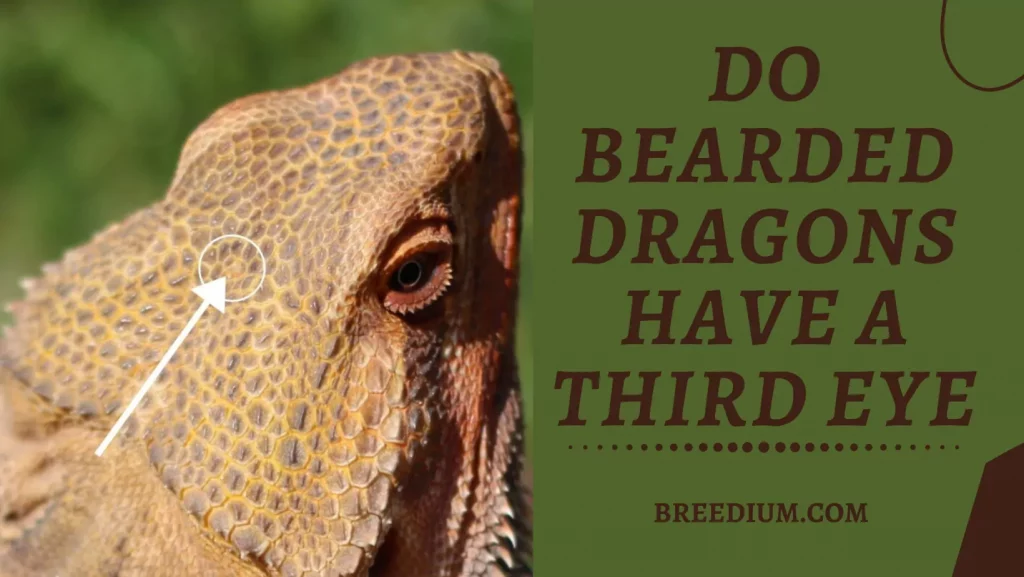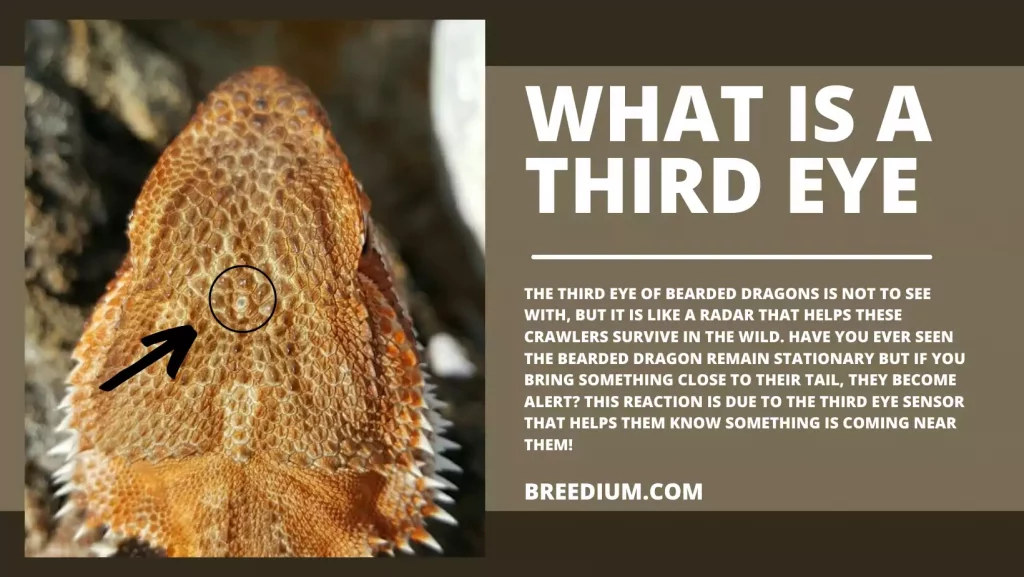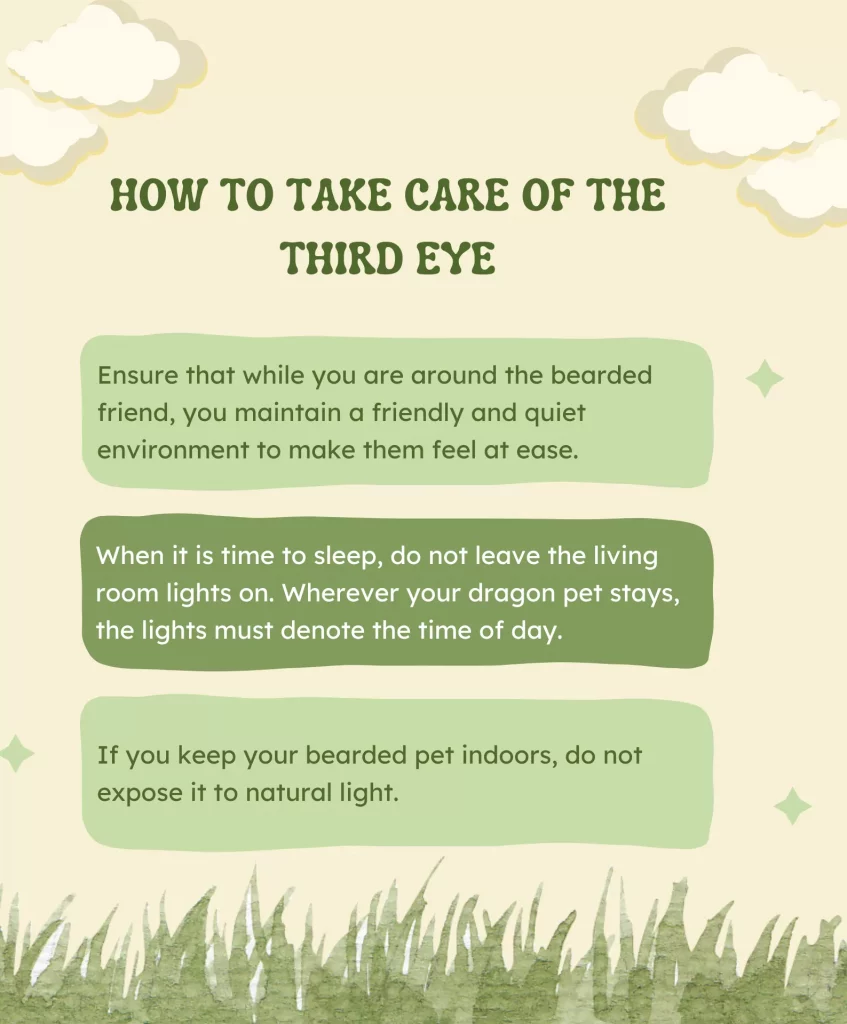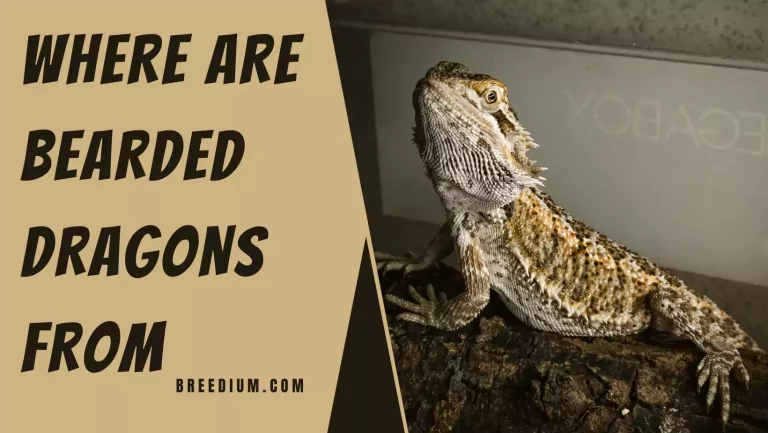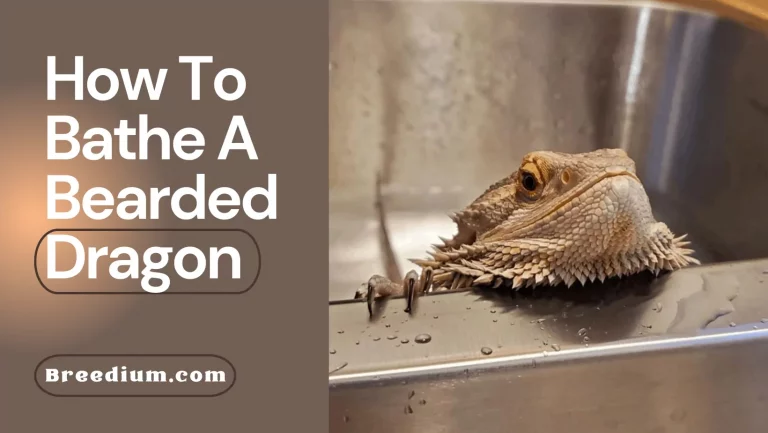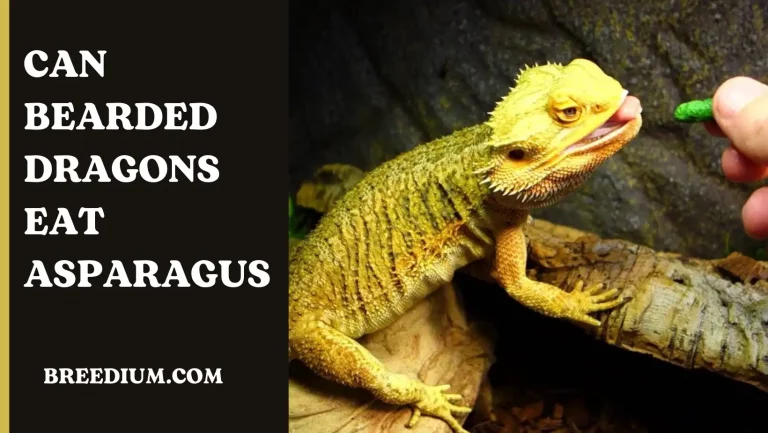Do Bearded Dragons Have A Third Eye? | Unique Reptile Feature 2024
The first look at your new pet bearded dragon will never reveal this secret, but many people know about it! Do bearded dragons have a third eye? Many first-time owners don’t have a clue but yes, your bearded friend has a third eye! Although these reptilians have just two eyes to see, like all of us; there is a third eye on the head that may look creepy to some, but in a way, it is pretty cool.
Do Bearded Dragons Have A Third Eye
The third eye of bearded dragons is not to see with, but it is like a radar that helps these crawlers survive in the wild. Have you ever seen a bearded dragon remain stationary but if you bring something close to its tail, they become alert? This reaction is due to the third eye sensor that helps them know something is coming near them!
The anatomy of bearded dragons is such that the third eye is located on the top of their head. It is called the solar, or pineal eye. This eye is right in the middle of the two eyes, at the top of the head, and can help bearded dragons sense any movement in their surroundings.
What does it look like? If you have not noticed the third eye on your pet, it looks like the other eyes, with a retina and lens but it does not have an iris. This distinguishing factor makes many pet owners miss out on the third eye for what it is! The third eye of bearded dragons is connected to the brain directly. Just as an organ would work, this eye sends signals to the pineal glands, and this is why it has a different function from the optic eyes.
Function Bearded Dragon Third Eye
The pineal gland is known as the center of awareness. Many meditators and yogis talk about this gland as the opening into the subconscious mind. The reason for this analogy is that the pineal gland is sensitive to the changes and movements in the environment and helps the body prepare for the circumstances.
When you switch on the light suddenly, or if a door shuts forcefully, your bearded pet will shudder because the third eye signaled the gland. Moreover, any changes in temperature and seasons are also detected by the third eye and the dragons behave accordingly. The third eye is not exclusive to the bearded dragon but is common in lizards, and other reptiles. The primary purpose of this eye is to detect seasons and changes in temperature.
What Does The Third Eye Do
Apart from seasons and temperature, there are many day-to-day factors for which the bearded dragons use their third eye. Here is a list of things that the bearded dragon can do with the help of the third eye!
Helps Sense Predators
Just as we gave you the example of bringing something near your dragon from behind, there are many such events that the bearded pet can detect. If any predator approaches from behind or above, the third eye sends a signal to the pineal gland and the brain ensures timely action.
As you hover over a cushion from above, the bearded dragon might scurry towards you or may hide because the third eye sensed some intruder close by. Your adorable pet will remain on the lookout for a few minutes after this, as they are cautious and do not rely on any vision as much as they rely on the third eye!
Biological Process Regulation
The signal to the pineal gland can help bearded dragons adjust to various external factors. For example, if it gets dark, the pineal gland relays a signal to the brain, and Melatonin is secreted, which helps the bearded dragon sleep. Similarly, if the temperature gets low, the bearded dragon’s metabolism slows down and they begin to get lazy. Very low temperatures will make your pet fall asleep for a long time, like hibernation!
Finding Directions
Many pet owners call their bearded dragon’s third eye a compass. This antenna, radar, or compass will help the dragon find directions and understand the distance of objects and living creatures from them. If a predator comes near, the bearded dragons become alert and get defensive. Whereas prey falling near the dragon will be detected, and your pet will become still and prepare to attack. Also, read Are Bearded Dragons Colorblind.
How To Take Care Of The Third Eye
As a pet owner, you may be concerned about how to care for your dragon and keep the third eye’s function efficient. All bearded dragons are wild reptilians and they are built in a way to care for themselves. However, there are a few things you can do to keep them mellow and not react due to the detecting nature of the third eye.
Keep Things Calm
If you are playing ball, or you have a pillow fight in the living room, it is bound to make the bearded pet feel defensive! Ensure that while you are around the bearded friend, you maintain a friendly and quiet environment to make them feel at ease.
Turn Off The Lights
When it is time to sleep, do not leave the living room lights on. Wherever your dragon pet stays, the lights must denote the time of day. Early morning light is evident, but when it gets dark outside, you must switch off the lights in the room to help the dragon sleep on time.
No Outdoor Trips
If you keep your bearded pet indoors, do not expose it to natural light. While many pet owners like to leave their dragons outdoors so they can feast on insects, the third eye is used for indoor artificial light! When you take the dragon outdoors they tend to react differently to natural light! Do not confuse them by taking them outdoors every day!
Conclusion
People ask do bearded dragons have a third eye. The answer is yes, they do! The function and purpose of this third eye are different from the other two eyes, and pet owners must know how to care for their bearded friends to ensure that they remain healthy. We have talked about the various ways you can help your bearded friend remain calm and use their third eye without reacting to the various events around them!
Frequently Asked Questions
Can bearded dragons see from the third eye?
Bearded dragons cannot see from the third eye. This eye is like a radar that helps them detect predators, movement, and distances. The third eye is connected to the pineal gland and not the optical center and is not capable of seeing.
Is there anything that I should do to care for my pet’s third eye?
Reptilians do not need maintenance as their anatomy is such that they can survive in the wild. However, be sure not to confuse your indoor pet with outdoor, natural light as they react when they are not acclimatized to any particular factor like light, heat, or even the activity levels around them.
Do bearded dragons blink the third eye?
The third eye is a sensor that looks like an eye. Bearded dragons do not blink this eye and they do not close it either.

Emma is a pet enthusiast, and her way with words makes her an expressive writer. Her interests lie in healthcare and planning nutrition for various pets. She has two girls, and she’s passing her passion to them through occasional volunteer projects in the small neighborhood zoo. Emma joined our team as an enthusiast and has added more years to her experience by researching more about various creatures!

